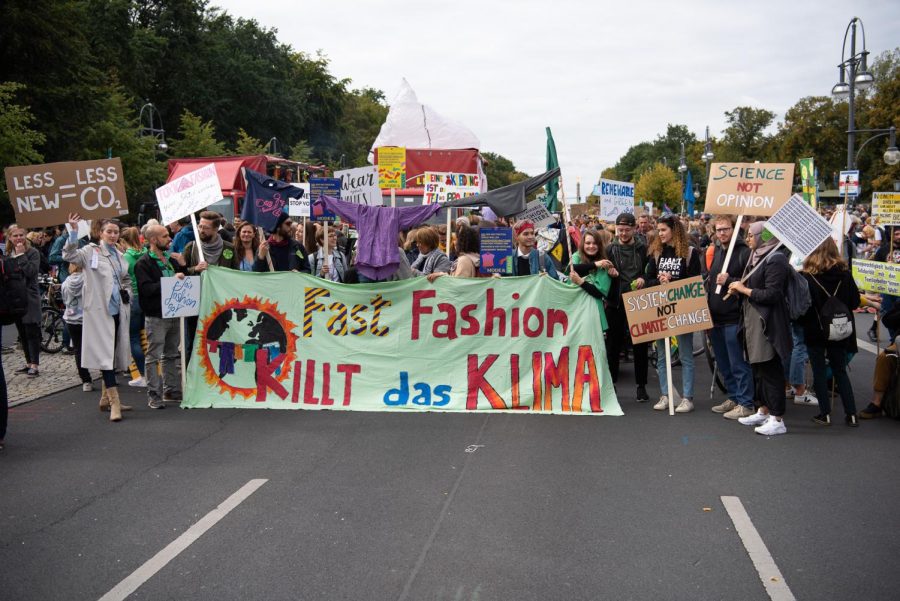Fast Fashion is becoming bigger and bigger these days. People are fascinated by the fact that they can get stylish trendy clothes at low prices. The hashtag “HAUL” now has over 30 billion viewers on TikTok. But there are huge problems behind the fun part of fast fashion: Unsafe working conditions, poverty wages, waste, environmental pollution and violation of worker rights.
The second biggest fast fashion brand, H&M, has 52 seasons a year, which means new clothes come up every week. Since the trend changes so quickly, the value of a piece of clothing decreases, and as a result, it will be thrown away more frequently. About 100 billion garments are produced every year and 92 tonnes of them end up in landfills. This means, one garbage truck’s worth of clothing is being dumped every second. The material takes over 200 years to decompose and leach harmful chemicals and dyes into the air and our soil.
A lot of people like to donate clothes. Donated clothes mostly go to developing countries, but only 10% of these clothes are actually donated and the other 90% will end up in landfill or will be sold at very low costs in the countries. As a result, people who are making high-quality clothes in the country cannot sell their clothes, which prevents economic growth. Furthermore, it makes people buy more clothes that they may not even wear.
There are more than 40 million factory workers in the world, mainly in developing countries. In these countries, 85% of the workers are women who are hired at the lowest possible wage. According to the garment industry’s labor union Clean Clothes Campaign, “Wages paid on average are two to five times less than the amount a worker and her family need to live with dignity.”
They are working in terrible conditions and yet they are getting paid less than three dollars a day. The factories are also cutting corners and disregarding safety measures to save as much money as possible.
On April 24, 2013, the Rana Plaza building in Dhaka, Bangladesh, which housed five garment factories, collapsed and 1,129 people died. Workers had pointed the cracks in the building to the management, but this was ignored.
There is no perfect solution that solves all of these problems, but there are things we can do today to reduce these bad effects. We must ask ourselves if we really need the clothes before we buy them. Wearing our clothes for another year instead of throwing them away helps reduce waste. Thrifting is also a sustainable solution. It keeps up the cycle of clothing use and consumption much longer than fast fashion does.
Of course, companies and manufacturers have a lot to improve on, but it’s very important for us to change our mindset as well.


































